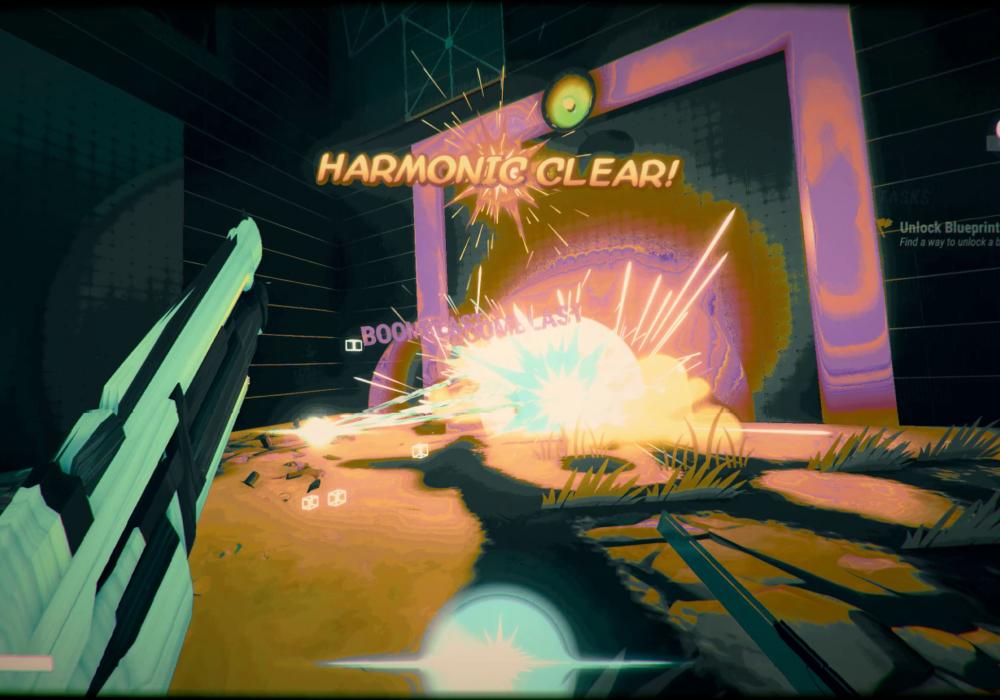What Roguelikes Can Teach Us About What Indie Gamers Really Want

The roguelike subgenre has emerged as one of the most popular in recent years, particularly in the indie gaming space. But what exactly are roguelikes? And how are they different from roguelites?
Let’s break down how roguelike games came to be, what defines a roguelike, and why it has exploded in popularity within the indie scene!
A Rogue’s Legacy
Back in 1980, the BSD Unix began to roll out onto all computer systems in the campuses of the University of California. It was here that two then-students of programming, Michael Toy and Glenn Wichman, met. Little did they know that they were on a path to creating a new subgenre of games.
Both of them shared a love for Dungeons & Dragons and text-based adventure games, but they recognised a troubling gap between the two. Unlike D&D, each playthrough in an adventure game was the same. Realising the potential of the Unix operating system, they hatched a plan to create a game with the same high stakes and replayability as a D&D campaign. They dubbed this project ‘Rogue.’
The duo published the game in the same year and it soon became a hit, not just among fans of dungeons crawlers but gamers from all walks of life. Its success was thanks to two revolutionary features that set it apart from all other dungeon crawlers.
The first was that the dungeons in Rogue were procedurally generated, meaning that each playthrough was different from the last.
The second, and perhaps most important, was that Rogue introduced the radical concept of permadeath into the gaming space. Rather than having a certain number of lives and respawning at a checkpoint after death, players would lose all progress and be brought back to the beginning.
Fast forward to 1993, when a Usenet newsgroup who were fans of games such as Rogue, Hack, and Moria noticed that these games seemed to share common features. They wanted an easy term that they could use to describe these games. Eventually, they agreed on “roguelike,” based on the belief that Rogue was the oldest of its kind. By 1998, the term roguelike had become well-established within the online gaming community.
But was Rogue really the first of its kind?
It turns out that the first commercially available roguelike was a game called Beneath Apple Manor, which was released in 1978. That being said, “beneath-apple-manorlike” doesn’t exactly roll off the tongue!
Life After Death
While the term “roguelike” itself is commonly accepted as a prevalent subgenre, there have been numerous debates about what precisely a roguelike is and whether or not certain games should be classified separately as “roguelites.”
So what features does a roguelike need to have?
Generally speaking, there are two features that are considered to be essential for a game to be classed as a roguelike: procedurally generated runs and permadeath.
In the archetypal roguelike, the player controls a single character who they build up over time during their run. But, once they die, that character is lost. They must start again from scratch with a new character in a brand new procedurally generated run.
Hardcore fans, however, aren’t as easily pleased. For them, features such as hack-and-slash gameplay, turn-based combat, and resource management are also essential aspects of the roguelike experience. Anything short of that should instead be classed as a roguelite, a subgenre that incorporates certain aspects of a roguelike but not all of them.
For example, indie hits such as Dead Cells and Hades include meta-progression, meaning you can carry certain upgrades between runs. According to some definitions, this makes them a roguelite. Even so, for most gaming communities, the terms “roguelike” and “roguelite” have become largely interchangeable.
Breaking the Loop
Recently, numerous indie games have bucked the established trends associated with roguelikes and combined the subgenre with others to create unique gaming experiences. Inscryption eschewed the significance of the player character, instead placing the emphasis on your deck (i.e. your weapon). Kwalee’s title Robobeat merges the precision-oriented gameplay of a rhythm shooter with the high stakes of a roguelike.
The release of blockbuster games like Returnal and Deathloop prove that even the Triple A gaming companies are taking notice of this subgenre’s undeniable appeal.
But that still begs the all-important question: Why do gamers love roguelikes so much?
A large part of their attraction lies in their replayability. Endless possible levels and endless weapon combinations make for pretty much endless fun!
But the real reason might be much deeper than that.
By forcing the player to restart a run from scratch after death, roguelikes teach us that failure is an important part of the learning process. While difficulty spikes in linear games can represent an impenetrable roadblock, roguelike games offer you the possibility to keep trying, dying, and improving in a positive loop.
When you fall down, it encourages you to pick yourself back up, reflect on your mistakes, and throw yourself back in. You may not be good enough to conquer that hurdle right now, but you will be soon. When you do finally make it past that obstacle, that victory will be all the sweeter knowing how far you’ve come.
What makes a roguelike good is not only infinite replayability and engaging gameplay. It’s also the sense of accessibility and achievement it gives to players from all skill levels.
Who knew dying so many times could be so cathartic?
Making a game for PC and console platforms? Let us take care of all your marketing and legal needs! Pitch your project to our PC & Console scouting team, and we’ll get in touch with you. Meanwhile, introduce yourself in our Discord, and follow us on our social media (TikTok | Twitter | Instagram | Facebook) for the latest on our PC and console titles.